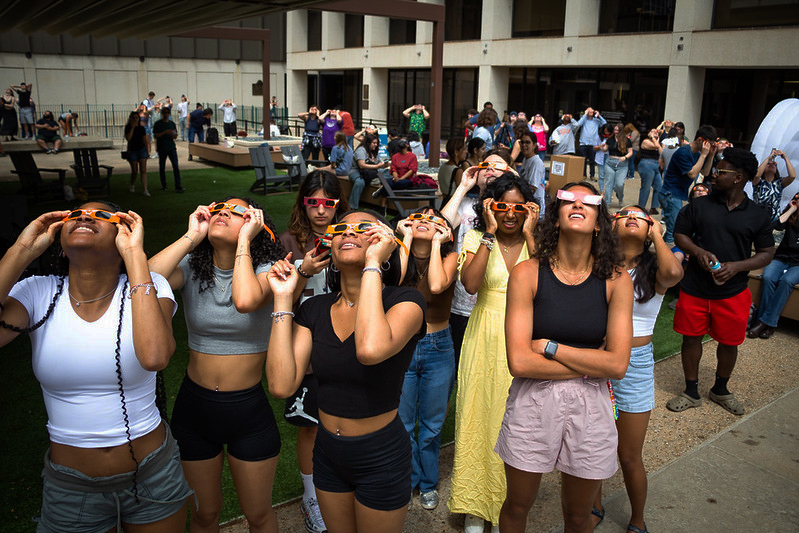Chemistry researchers presented innovative applications of their research on Friday at this year’s American Association for the Advancement of Science Annual Meeting.
On Friday, the conference hosted a seminar on called Technological Applications of Chemistry: Stages of Development and Societal Impact, featuring Amy Prieto, a chemistry professor at Colorado State University, Angela Belcher, a materials science and engineering professor at MIT and George Georgiou, a chemical engineering professor at UT.
Prieto spoke about the applications improving batteries for devices. She said, as a postdoc, she found that devices were limited by their batteries. This lead to her fascination with creating a better battery for devices such as electric vehicles.
The problem she found with most batteries was that their architecture was 2-dimensional with thick, simplistic layers. She said she wanted to look into creating a new battery with a 3-dimensional architecture. She wanted the battery to be low-cost, with relatively cheap materials, and recyclable water-based solutions.
Prieto’s endeavors led to her starting Prieto Battery in 2009. Her company designs the 3-D battery technology and partnered with Moses Lake Industries, which manufactures the product using their expertise in electroplating.
Currently, the company’s products are limited to their partnerships with Intel and Stanley Black & Decker. The company has been listed by BusinessWire as one of the key industry players in the global solid state battery market.
Next, Georgiou spoke about his research on protein drugs. His lab is working in the field of immunotherapy, which he said is the greatest advance in cancer research over the past fifty years.
Immunotherapy involves the reactivation of the immune system the combat cancerous tumors. These tumors typically depend on the immune system’s inability to recognize the cancer. Tumors sometimes use the byproducts of the breakdown of the amino acid tryptophan to suppress the immune system.
“All amino acids are cool, but some of them are cooler than others,” said Georgiou of his fondness for tryptophan.
Breaking down tryptophan produces kynurenine, a potent suppressor of anti-cancer antibodies. Georgiou’s lab has developed a process which can degrade kynurenine in order to reactivate the immune system’s response.
Georgiou also works on therapeutic antibodies, which are the fastest growing class of drugs. He says that while the first Nobel prize for physiology in 1901 was for the discovery of antibody serum, there is little known about individual antibodies in the human body.
Serum antibodies have a wide range of applications including vaccines, anti-aging, autoimmunity and therapeutics. He spoke about the potential for immuno imprinting, or the ability for serum antibodies to persist for years. As an example of this, he said that a single flu shot could possibly guard against the flu for years, rather than having to develop a new shot every year.
Last, Belcher spoke about making new materials using viruses. She said her work is a combination of the previous two speakers, using biology to create things such as batteries.
Belcher said she is particularly interested in using viruses to improve cancer diagnostics and imaging for ovarian cancer and melanoma. She said that nanotechnology and biomaterials could solve problems at the intersection of energy, health, and the environment.
Other applications of viruses, she says, include viruses which bind to drugs, toxic chemicals, and neurotoxins to mitigate their effects in case of harmful exposure. Belcher emphasized the ability of biology and chemistry to solve some of the greatest problems facing the world.














